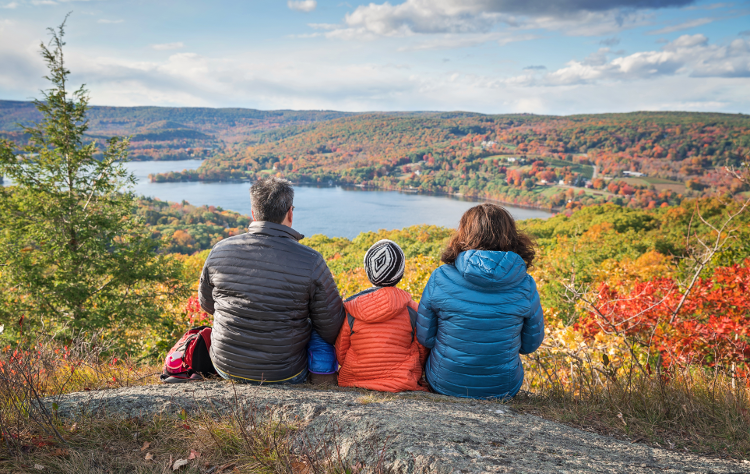Fostering a Love of Hiking in Children
Pass on your love of the great outdoors to your family with these tips for fostering a love of hiking in children.
Fostering a Love of Hiking in Children
https://www.contours.co.uk/fostering-a-love-of-hiking-in-children
by Sally Philips
A recent UK study published by the National Trust found that children in the UK spend half the time in the Great Outdoors that their parents did — a fact that can hamper their physical and mental health. Study after study has shown that unstructured play is important for a child’s motor skills, decision-making skills, ability to handle fears and stress, and many more facts of development.
Hiking is an ideal way for children to be active in the midst of nature, which is a natural stress buster, and the perfect setting for families to spend time together.
If you have little ones in the household and you want to immerse them in the hiking adventures you so loved as a child, the following tips may help.
If you look back on your childhood, then you probably remember that the best outdoor activities were those that were neither unstructured nor too gruelling. For your child’s first walking activity, choose a short, easy trail. There are a bevy of easy walking trails throughout the UK and Ireland, which are featured on the Contours Holidays site.
Some self-guided walking holidays last for a few nights, but for a first adventure, a morning or afternoon walk is ideal, with a longer trip being the perfect motivation for children to improve their fitness levels and take increasingly longer walks.
Children often embrace an activity when parents bring a little ‘pomp and circumstance’ into the equation.
You don’t need to spend a lot of money to make walking a bit more exciting for kids, and if you plan on enjoying trail holidays in the near future, then investing in items such as a good coat, walking boots, and breathable shirts and trousers will be useful.

You can also entice kids with sporty, gender-neutral gear and toys to make them feel more like boy and girl scouts. Going for gender-neutral themes, colours and styles is a great way to ensure that what you purchase can be handed down from child to child. It also helps kids break free of the idea that some items are only for girls and others are only for boys.
Just a few toys you might bring along on your adventures include magnifying glasses, art supplies, and tossing toys such as Frisbees, which you can play with when you are taking a break from walking.
Children who love insects, plants and flowers will take a natural liking to the many sights they encounter on a walking tour, but you can add a bit of fun into the equation by planning additional games and activities.
Take time to learn about the local flora and fauna, making a list of species with items your children can tick off as they encounter them in real life.
Take turns creating a poem as you walk, spice up your walk with different moves (including skipping, hopping, running and walking, ‘follow the leader’ style), or enjoy a picnic featuring some of your children’s favourite treats.
Children who are artistic may enjoy painting or drawing the sites and sounds of the Great Outdoors, while those into social media may enjoy taking photographs and recording videos they can edit and upload later on apps like Pinterest or Instagram.
Motivating children to enjoy walking essentially involves upping the fun factor. From toys to outfits, and games to challenging activities, there are many ways to pique your child’s curiosity. Finding an appropriate trail for their age and fitness level is also key, since the emphasis should be on enjoyment rather than pushing limits.
.png)